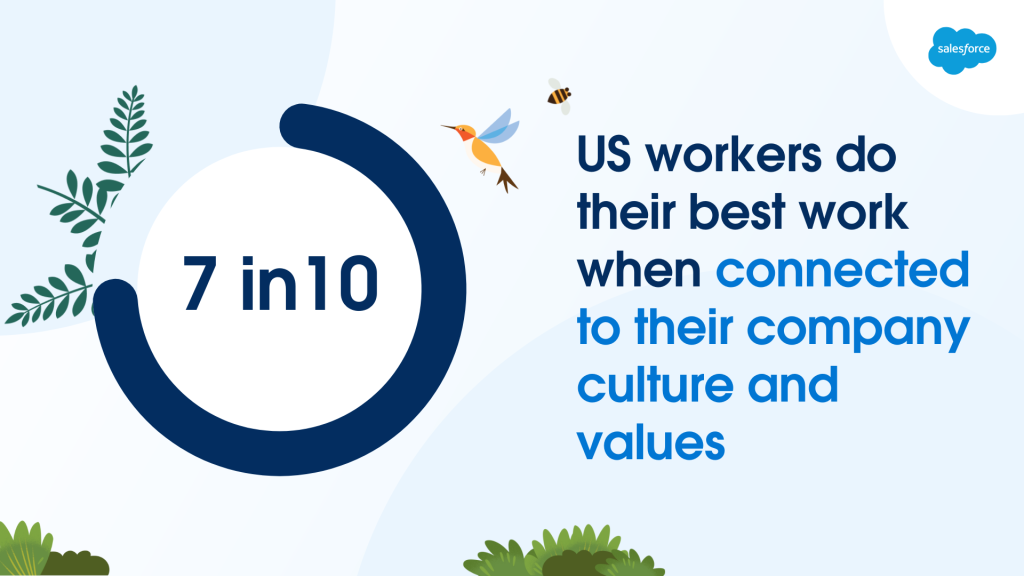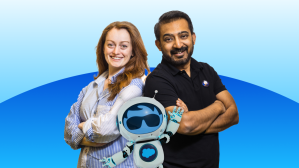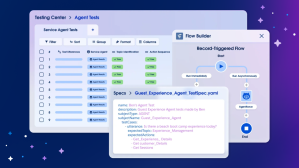The past few years have kept us in a state of constant change. This has led to new opportunities — we’re more productive than ever before and finding more balance — but also new challenges that many have dubbed the “Great Discontent.” Or, as I like to call it, the “Great Disconnect.”
While some companies have mandated office returns to help remedy a lack of connection, research shows office mandates can lead to employee disengagement and resentment.
At Salesforce, we’ve never had office mandates, and we never will.
Instead, we took a beginner’s mindset to figure out how to deliver incredible employee experiences in the changed world we live in today. For example, how do we drive connection if we’re not together? How do leaders manage people through major societal moments? How do we recreate watercooler conversations digitally? By leading with flexibility and meeting the needs of our employees in the moment, we’re helping deepen engagement, drive productivity, and build a more inclusive workforce. As a result, our most recent employee survey showed 94% of Salesforce team members are willing to give extra to get the job done, and 92% agree their team can work effectively in our flex environment.
All signs show we are headed in the right direction. Here’s what we’ve learned and where we’re focused.
Creating meaningful employee connections through employee communities
Team connection is still the #1 ask from our employees. And new Salesforce research found 7 in 10 U.S. workers feel motivated to do their best work when they feel connected to their company culture and values.
In order to drive meaningful connection, we need to rethink how we experience our teams. We’re asking every employee to find their teams within at least three professional communities — starting with:
- Immediate team — colleagues who work together daily. This is the community that most of us have meaningful connections with already. Some of the relationships I’ve made in the office have become lifelong friendships. As our teams become more dispersed, these connections become harder to make. That’s where our local community comes in.
- Local community — colleagues who live in the same location. Only 40% of Salesforce employees are co-located with their manager, but 75% live near an office. And nearly all of our employees live in a city with other Salesforce employees. A successful workforce builds community with their local teams all over the world.
- Affinity group — colleagues who share similar identities and interests. It’s not just about physical location; employees can also find connection with colleagues who share similar identities and interests. At Salesforce, we have 13 employee resource groups — which we call Equality Groups — for employees to build community. One in every two employees are a member of one or more of these groups.
By developing communities that span across work, physical location and identity, we can help employees start to cultivate more meaningful connections to each other, to the culture, and to the company.
Last year, we also established an employee experience (EX) team whose entire remit is to ensure Salesforce employees are connected, engaged, and successful. In order to create truly exceptional employee experiences, it needs to be approached with the same rigor as any other part of the business. Using data from employee surveys, retention and attrition trends, and qualitative research, our EX team partners with leaders across the organization to remove barriers, helping employees lead a more balanced life and do their jobs better.
-
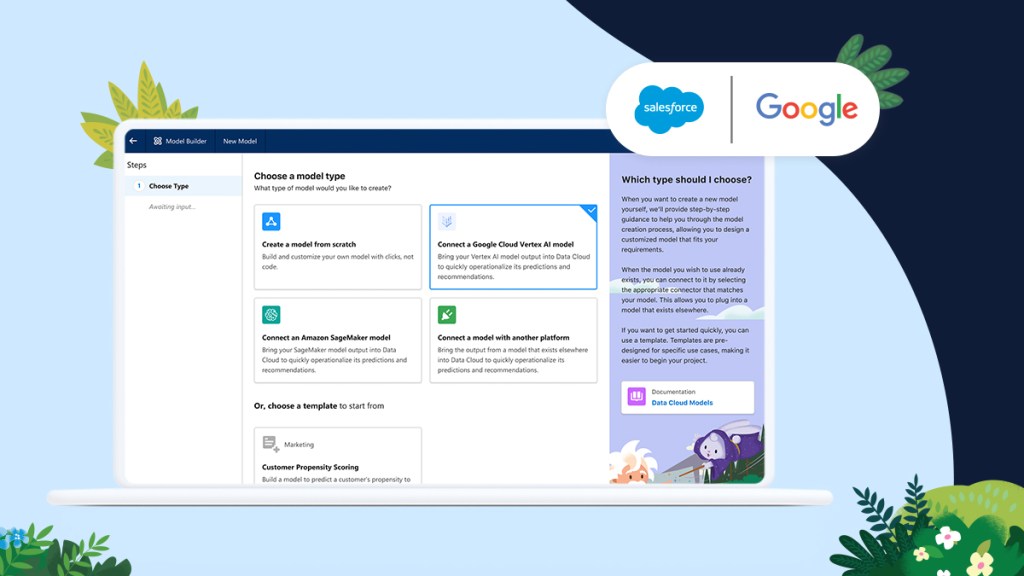
Salesforce and Google Cloud Announce Expanded Strategic Partnership to Unlock the Power of AI, Data, and CRM
-
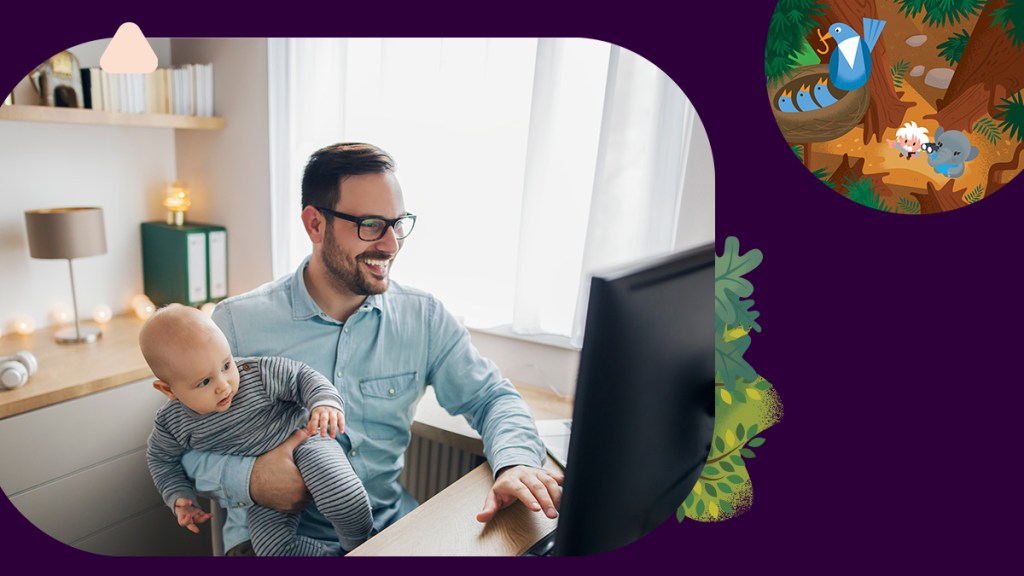
New Salesforce Data Reveals Top Drivers of Exceptional Employee Experience. Spoiler Alert: It’s Not Free Snacks
-
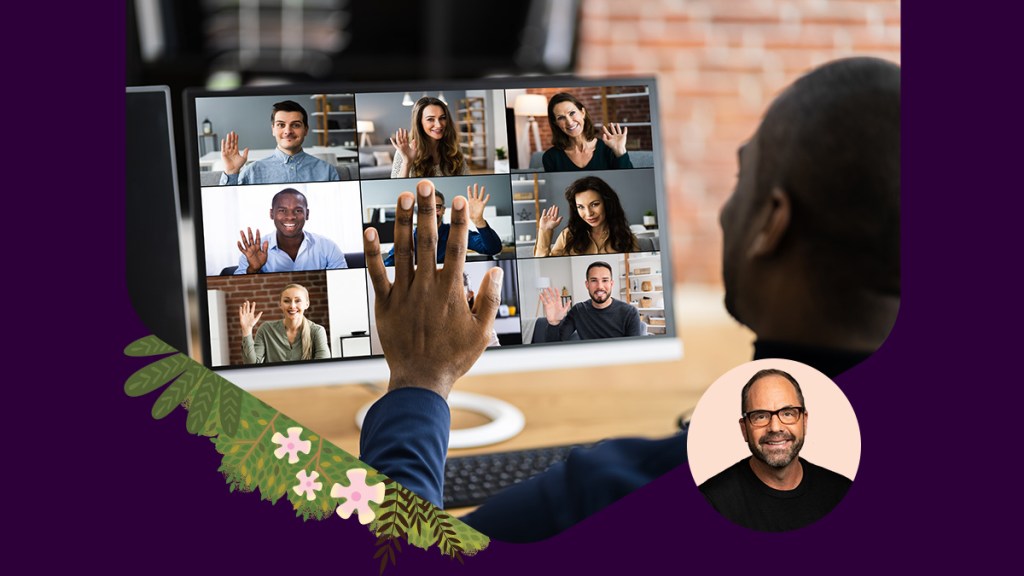
How Salesforce Builds Meaningful Employee Experiences — Without Return-to-Office Mandates
Cultivating next-generation management
The manager is the new CEO. During the pandemic, Salesforce employees cited managers as their #1 trusted source of information for the first time. As we continue to work more flexibly, the manager is serving as the main connection point to the company for many employees, and a critical retention and performance indicator.
In fact, our research shows that 85% of U.S. workers are motivated to do their best work when they feel heard by their managers.
That’s why we’ve rolled out virtual and in-person trainings and resources that help managers navigate their new role and responsibilities, including:
- Leadership learning pathways: Our new Great Leader Pathways support managers and aspiring managers in their career development. Each Pathway is a personalized learning experience that focuses on the skills, mindsets, and competencies needed to succeed at each of the stages of leadership.
- Career and mental fitness coaching: We provide access to virtual coaching with a certified coach, as well as mental fitness coaching, tools and benefits to help managers and their employees navigate difficult situations.
- MentorFinder: We’ve built an AI-powered MentorFinder platform that matches employees to their ideal mentors based on shared skills, career, and life experiences. This makes it easier for managers to support their employees as they develop and grow in their careers.
As we continue to roll out new workshops, we plan to create new training spaces in our buildings dedicated for learning and development.
Over the past year, more than 24,000 managers across the company have opted into new management training programs — a 200% increase since last year.
Brent Hyder
And it’s paying off — today, 90% of our employees agree their managers support them to be successful in their role.
Focusing on the digital HQ
We’ve learned we can survive — and thrive — without an office, but not without the tech we rely on for work. Slack is our digital HQ. It’s where our 78,000 Salesforce employees show up for work every day. The lights are always on, the clocks are set to all 24 time zones, and we have every tool at our fingertips that make day-to-day work more efficient — and more enjoyable.
The technology you enable employees with is a direct reflection of the culture of your business. And we know that when technology is well-integrated with an organization’s culture, employee engagement goes up and attrition goes down.
Brent Hyder
It’s not only how we communicate — my inbox has never looked better — Slack is accelerating connection and collaboration. Some of my favorite benefits are:
- Slack huddles: Employees are recreating some of the informal discussions that took place when we bumped into co-workers in the hallways or happened to walk by their desk. But this type of spontaneous connection now spans across teams, regions, and time zones. Today, Slack huddles account for 34% of our internal communications.
- Social channels: Slack channels organized around interest areas — everything from #baking and #musicals to #photography and #camping — provide employees with opportunities to connect with co-workers over shared interests.
- Productivity features: Slack bots and workflows help employees manage administrative tasks like approving expenses and updating reports; and app integrations allow employees to collaborate across projects without leaving Slack, so work keeps on flowing uninterrupted.
Our communication is happening in-person and on Slack. That’s it.
The technology you enable employees with is a direct reflection of the culture of your business. And we know that when technology is well-integrated with an organization’s culture, employee engagement goes up and attrition goes down.
When employees succeed, companies succeed
Research shows connected employees achieve 37% higher performance at work. And, 89% of executives say better employee experience leads to better customer experience.
This data is clear: Employee experience is not a nice to have, it’s a business imperative. Engaged employees means happy customers, which leads to better business outcomes. And that’s a win for everyone.
More information
- Read how one manager at Salesforce is helping create a great employee experience.
- Dive into Salesforce’s new employee experience research.
- Learn more about Salesforce’s Employee Experience team.




